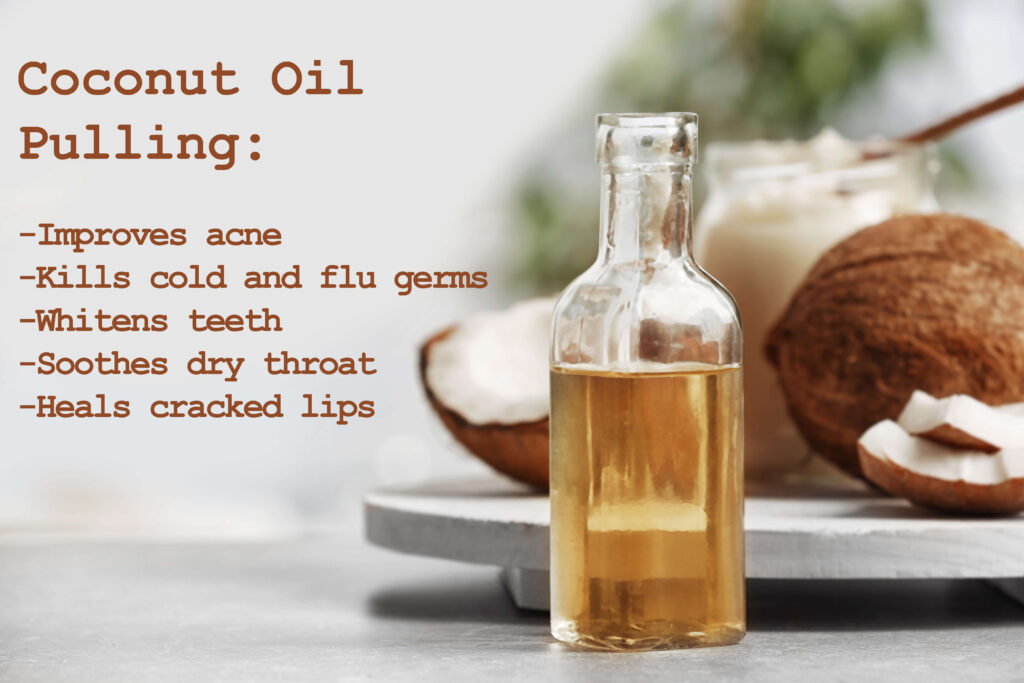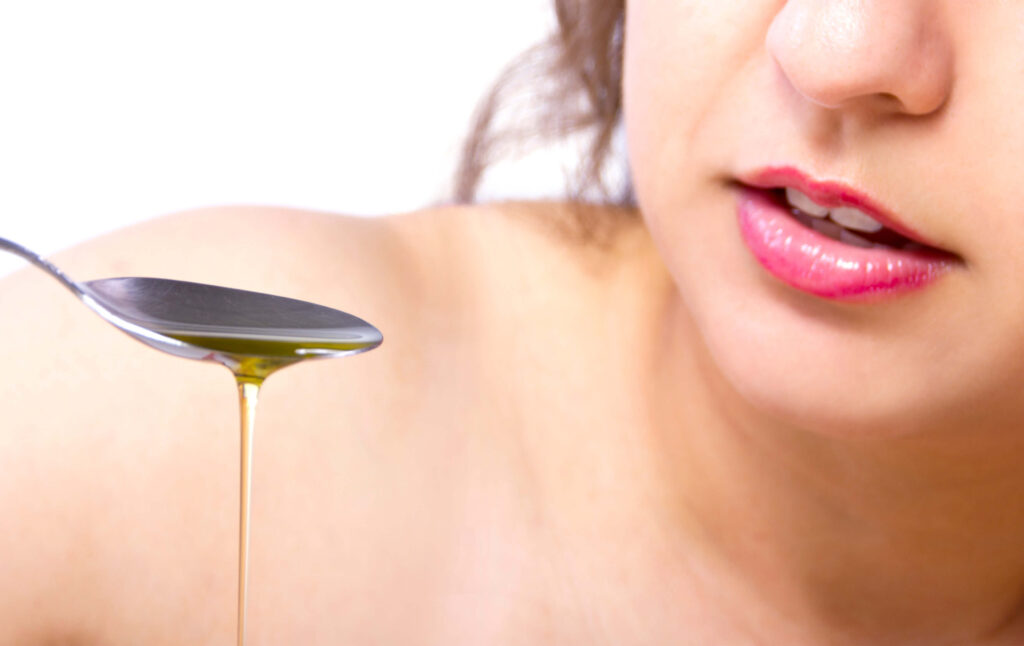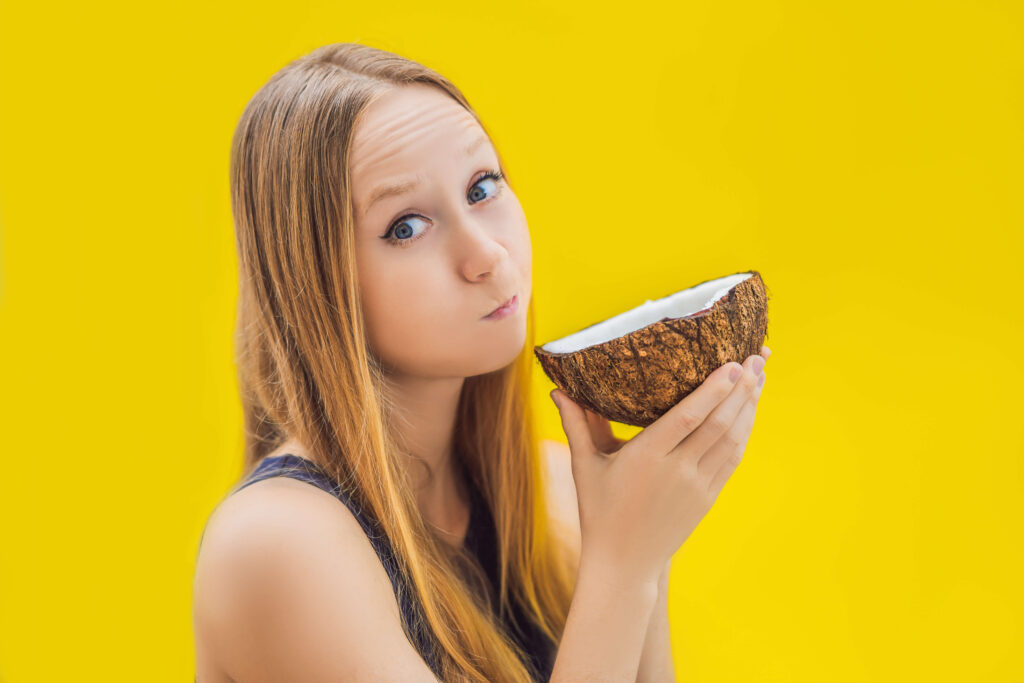According to Ayurveda teachings, at birth, each person receives unique combinations of Doshas. Due to the qualitative level of life, the genetic Dosha remains unchanged. When there is the domination of one of the energies and insufficient accumulation of the other, an imbalance may occur. As a result, a person may fall ill or take a job he or she does not like. To influence the qualitative functioning of Dosha, one needs to regulate his or her life, eat well and maintain inner harmony.
What are Doshas in Ayurveda?
Dosha is a special source of energy, which arises as a result of connections of 5 basic elements according to Ayurveda teachings. As in nature, there are certain combinations of these elements within each person, which form the basic principle of Dosha emergence. These Doshas control all processes, both biological and physiological. Through interactions between the Doshas, you can achieve good health and well-being.
Relationship between Chakras and Doshas
Ayurveda is the science of life. All its principles are based on Buddhist philosophy. So it’s not surprising that Doshas and Chakras are similar concepts for some people. They are different, but they can influence each other.
Their main similarity is that both Doshas and Chakras are related to the basic elements that form the universe. By identifying element deficiencies you can help improve Chakra functioning. It is possible to use Doshas to achieve these goals.
For example, the root Chakra depends on the earth element. If there is an excess of air and ether, one feels unnecessarily anxious and depressed. To correct this, one needs to work with the root Chakra to help increase confidence. To do this, dinacharya rituals are performed in the morning.
The solar plexus Chakras are directly dependent on the element of fire. When it is deficient, one has to practice Agni. This means adjusting your diet and normalizing your digestion.
Vata Dosha
Each of the Doshas has its characteristics and differences. Vata Dosha is considered fundamental, and a lot depends on its balance. Let’s consider it in more detail.
What is Vata Dosha?
Vata Dosha is one of the types of Doshas considered the driving force in Ayurveda. It is the one that makes the other Doshas move. With its help, one can balance energy and equilibrium. It also improves thinking and willpower, makes one want to move, and has no difficulty with the respiratory tract.
Vata Body Type
Vata is practically isolated from material values and daily life. It is the foundation of solidity and may seem contradictory and inconsistent. People who of all Dosha body types have Vata body type often move around a lot and change the flow of their thoughts and the routes of their movements. To others, they are like wandering foreigners, but appearances can deceive.
Vata Mind
Vata Dosha manifests itself in altered thoughts and behavior, as well as unconventional reactions to the world around us. This is due to the broad outlook on life on the part of a person and the functioning of his brain and nervous system. Therefore, people with predominant Vata Dosha often think a lot and are generators of ideas.
These people who have such symptoms of Vata Dosha are capable of learning new things quickly, but can very quickly forget the material they have just learned. They are very nervous and have problems falling asleep quickly. It is also extremely difficult for them to wake up in the morning, as a rule, they do not get up after the first alarm clock.
Vata: Out-of-Balance Symptoms
If the balance of Vata is out, various troubles may appear both physically and emotionally. In case of excessive Vata Dosha, the person gets aggravated with flatulence, hypertension, and problems with the nervous system. As a result, the person becomes nervous, overly restless, and suffers from insomnia
If Vata is in deficit, stagnation, constipation, loss of sensitivity, and decreased activity of thought processes are manifested. In such a situation, a person moves very slowly and cannot make quick and correct decisions.
How to Balance Vata?
If there is an imbalance of Vata Dosha, you should try to balance it out. To do this, you should follow certain recommendations:
- Spend more time on rest – this is extremely important because if the balance of Vata Dosha is disturbed, it is associated with overwork. If one has this feeling, one should stop and just take a rest. A night’s rest in this case is invaluable, otherwise, insomnia can occur, which is extremely bad.
- Don’t forget to meditate – it is a meditation that is most beneficial for Vata’s problems. With its help, you will be able to restore the mind and body and bring back the natural cycle of the body.
- Eat regularly and of good quality – meals should be three times a day with good food.
For example, breakfast should consist of hot meals. Fresh ginger can improve digestion, but it should be eaten in small amounts.
Pitta Dosha
Pitta Dosha also has its characteristics, which are important to understand and be aware of how to stabilize it.
Pitta Dosha is the symbiosis of fire and water. With its help all metabolic processes of the body are regulated. It also maintains comfortable body temperature and hormone levels. Feelings of hunger, thirst and thought processes are directly related to an imbalance in Pitta Dosha.
Pitta Body Type
For Pitta Dosha, the most classic are those of medium build, who are neither overweight nor thin. Such people like physical training, they are industrious and are constantly in motion. That’s why they don’t accumulate extra pounds. Even if they show up at a certain stage, such people can lose the extra weight quickly.
Most people with Pitta Dosha look spectacular and the constriction of the body is visually pleasing. Their gait is always confident, they will not slouch and keep their back straight. Their sleep is quite sensitive, but they fall asleep very quickly.
Pitta Mind
Symptoms of Pitta Dosha:
- can navigate quickly;
- structures everything;
- can control/manage processes.
Because of their skills, they are good leaders and can help others. Many of them realize themselves as teachers or mentors. They spend their finances carefully and systematically.
Most of these people prefer to spend time in nature, doing sports outdoors. They prefer bright and ventilated rooms for work. They also have a competitive spirit and often compare themselves with other people. In clothing, they prefer freedom and natural materials.
Pitta: Out-of-Balance Symptoms
Almost all diseases for people with Pitta Dosha are related to loss of harmony. The easiest ones pass as emotional outbursts. This is due to an imbalance towards the fire which can suppress other Doshas. In such moments, infections or inflammations can occur in the body.
Also, people with imbalanced Doshas may notice deterioration in vision and digestive problems that lead to emotional discomfort. Women experience such disharmony during menstruation or menopause.
How to Balance Pitta?
When Pitta Dosha is properly balanced, a person shows tremendous energy, which is used for ordinary work. In case Pitta is not balanced, a person easily gets out of temper and shows strong discontent and desire to show power. Such people should immediately determine that the lack of even emotions pisses them off.
To balance the Dosha one needs to have an active rest. Their dinner should be light at such times. One can also turn off the phone and not take work home. In a calm environment, the Dosha is balanced and the next day the person no longer experiences such emotions.
One can also meditate to calm down and engage in self-discovery. One should not give in to the urge to eat a big and heavy dinner, because this only destroys Dosha. Also, artificial stimulants and alcohol will have a detrimental effect on it.
Kapha Dosha
Kapha Dosha is the last fundamental Dosha in Ayurvedic teaching. It has its structure and features.
What is Kapha Dosha?
Kapha Dosha consists of a symbiosis of water and earth elements. This type of Dosha can support the body’s resistance to negative factors and is responsible for nutrition. People with predominant Kapha Dosha are thoughtful, calm, and stress-resistant.
Kapha Body Type
People with this Dosha have a large build. You may usually notice the following symptoms of Kapha Dosha:
- their muscles are usually smooth and dense;
- their joints are rounded;
- their skin is soft and greasy;
- their hair is thick.
Everyone with Kapha Dosha has smooth and white teeth.
Also, such a person can be recognized by their conversation. They speak slowly and ponder over their words. They tend to gain weight quickly and are very strong. If you work on yourself properly, people with Kapha Dosha can develop unprecedented stamina.
Kapha Mind
People with the Dosha Kapha type are considered devoted and loving friends. They are often referred to as philosophers. This Dosha encourages the perception of new knowledge and develops long-term memory. People with such Dosha will scrupulously study any information.
Such people are most comfortable in a cold and humid environment. To restore Dosha, they need to rest in warm and tropical places.
Kapha: Out-of-Balance Symptoms
When Kapha is imbalanced, negative processes occur in the physical and emotional state. People with Kapha Dosha can catch a cold or infection. They also have a tendency to gain weight regardless of doing sports is manifested. Due to this, there is a decrease in motivation and drowsiness.
Depression and hyperlipidemia may appear during the cold season. Diabetes, cataracts, kidney stones, and hypothyroidism can also be diagnosed in people with Kapha Dosha imbalance.
How to Balance Kapha?
To balance Kapha Dosha, one needs to move more actively. This can be done by dancing or exercising. For those who are not very fond of such activities, one can start walking every day. Don’t forget to drink liquids regularly to avoid blocking Doshas.





